|
This week I have been looking at a couple of artists who have very different approaches to surface treatment. The first is Hannah Cole who studied at Yale and Boston University, and shows internationally. Cole says when she moved to New York she started walking everywhere and began to notice all of the patterns that people just rush past every day. She works to recreate these patterns and textures in hopes that it will connect to a larger audience and "it brings that feeling of beauty or magic to something someone knows already, but has never thought of as special.” Cole paints everyday surfaces with painstaking detail, trying to capture the textures and patterns that inspire her. She says that part of this is meditative, and part is her Yankee determination. She has also transitioned from oil to acrylic since having her first child which I find interesting since I made the same transition many years ago. She says that since she paints in so many layers acrylic actually makes more sense for her as an artist. While I feel there are many advantage and disadvantages to both media, I feel acrylic best meets my needs at present as well. The other artist that a professor of mine suggested I look at this week is Sara Sizer. Quite the opposite of Cole's layering paint to create her work, Sizer uses bleach to remove color from the fabric used in her work. Using different colored fabrics made of a variety of material, Sizer has found that the bleach responds differently with each, lending itself to the creation of a variety of colors and textured patterns. Through experimentation Sizer has also refined the process of bleaching the fabric so she can create very large areas of color as well as very refined detailed areas. The result are very simplified abstract paintings that have a glow to them. Some of her work seems to hone in on a subject that the viewer can almost make out, others simply make interesting patterns. Either way it is enough to intrigue the viewer to draw closer and investigate. I hope to do just that this summer. Sizer shows her work in Berlin, Germany where I will be participating in a study abroad program this summer, so I hope to see her work first hand.
0 Comments
While exploring the use of the mundane as subjects I came across artist Jeffrey Cortland Jones. Typically pegged as a "white" painter, Jones tried to capture the variations of warm and cool, matte and glossy, painting white blocks on top of white blocks. creating a composition of subtle shades of white that aren't white at all. I am considering his work a variation of the mundane because his inspirations come from everyday scenes that can be broken down into a color block system. Working mostly on a small scale, Jones attempts to create an intimate experience for his viewer. In his under graduate work he was working on a monumental scale, since he was being told that "bigger was better." After viewing a painting by Anselm Kiefer in person though, Jones reconsidered the issue of scale. He was highly disappointed that he could only get close enough to experience about a third of Kiefer's painting. He decided then that he wanted his viewer to be able to come up close and experience his work in it's entirety without the possibility of someone walking between the viewer and the work. An interesting way a to look at the question of scale. Upon exploring Jones' website I discovered that, in addition to painting, he is also an avid photographer whose photos are without a doubt a launching point for his paintings. Focusing on the play of shapes and colors, light and shadow, even his photographs lend themselves to the simplicity of color block images. Several of his works are images very similar to my own, depicting the beauty of shapes and textures found in ugly, over looked places. Another artist that a friend suggested I check out is painter Alison Moritsugu. Moritsugu is a Hawaiian born artist who strives to communicate the importance of how we look at and treat our environment and natural resources but depicting landscapes in the Hudson River style on actual tree stumps and logs. Moritsugu creates a tension in her idyllic pastoral and landscape images by painting them on fallen logs - the very thing she is depicting. This juxtaposition forces the viewer to consider not only the beauty of the natural landscape, but also the evidence of its destruction. In addition, she is creating a very traditional two-dimensional painting on a three-dimensional surface that often deconstructs the the image - something that I have been exploring with my multi-panel paintings. When Moritsugu paints on multiple log surfaces she also activates not only the the area between the logs, but also the viewer's space since the logs protrude from the wall or the log itself. Alison Moritsugu manages to create a variation of the mundane - a landscape - that forces the viewer to consider the innate contradictions that exist between the image and the materials, and the flat image surface that is depicted sculpturally on the very subject she is painting. A very interesting variation indeed.
|
Cyndy EppsWorking on my MFA in Studio Art at Georgia Southern has taught me the importance of understanding not only what I am doing as an artist, but also what other artists are doing, and how that can impact my artwork. Archives |

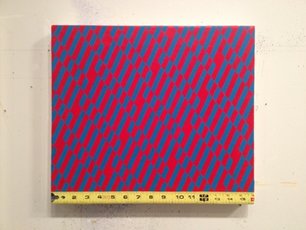


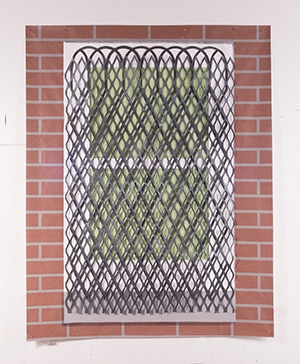
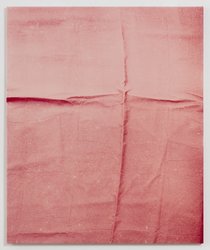
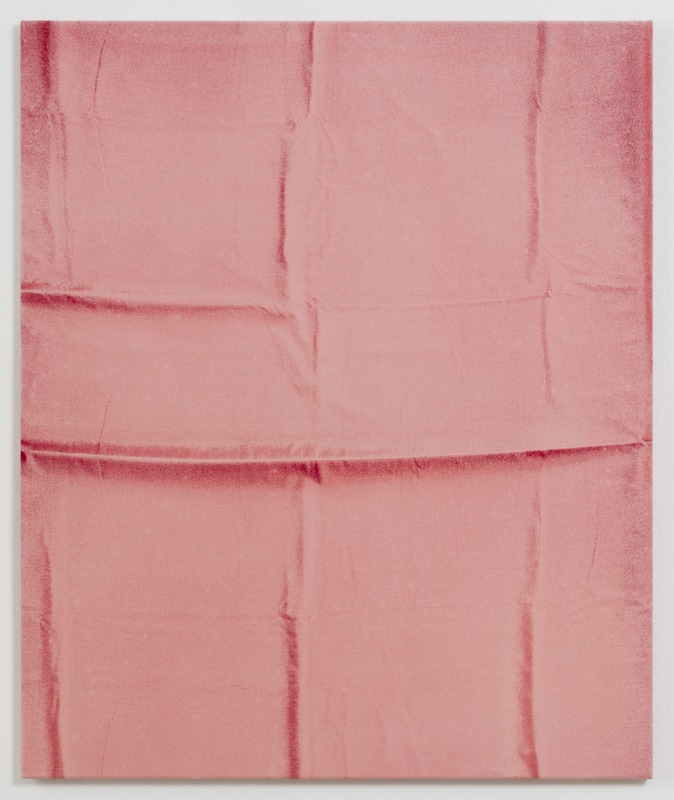


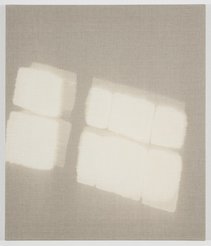





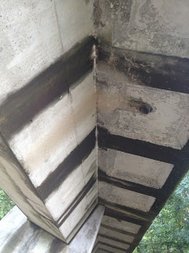
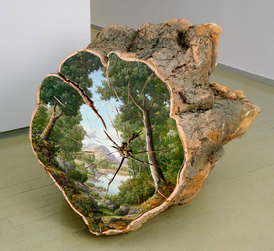





 RSS Feed
RSS Feed
